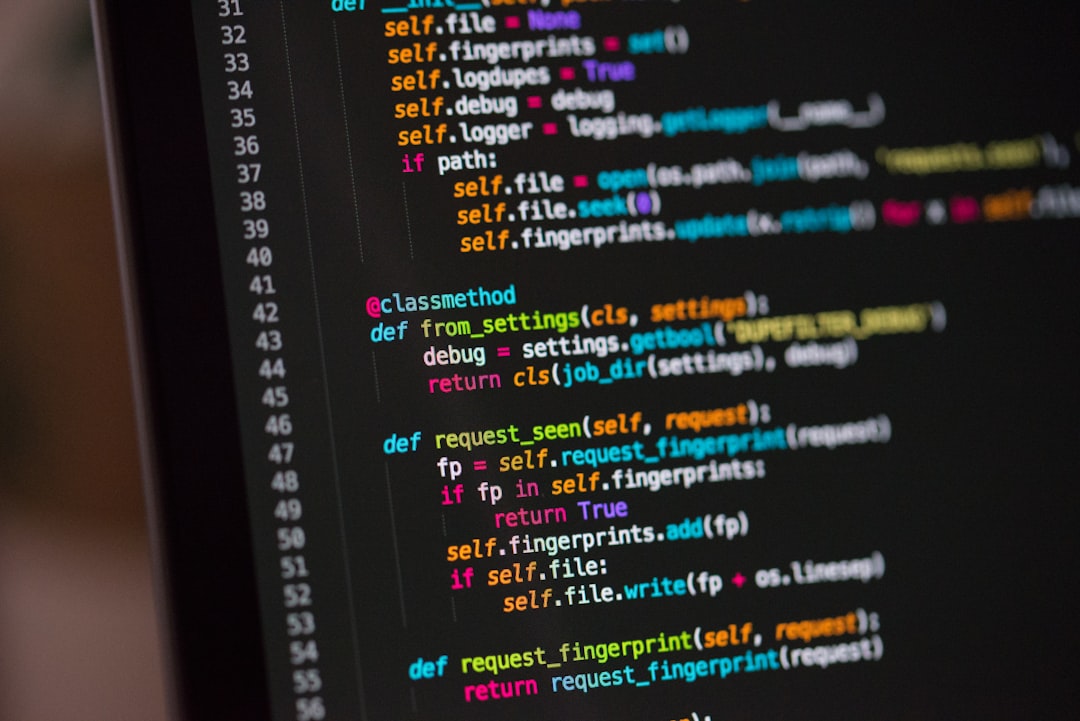
Continuous Programming Commitment Strategies for Improved Code Quality
In today’s fast-paced development environment, ensuring high-quality code while maintaining efficiency is paramount. Continuous Programming Commitment Strategies play a crucial role in achieving this balance. By integrating practices that promote consistent coding discipline, teams can enhance code quality and promote smoother workflows.
Understanding Continuous Programming Commitment
Continuous Programming Commitment refers to the practice of consistently integrating code changes into a shared repository. This process is pivotal in identifying issues early, facilitating real-time collaboration, and ensuring that code quality remains high. By committing code frequently, developers can uncover bugs and integration challenges sooner, allowing for faster resolutions.
Key Strategies for Improving Code Quality
1. Automated Testing Integration
One of the cornerstones of Continuous Programming Commitment is automated testing. Implementing a robust suite of tests—unit tests, integration tests, and end-to-end tests—ensures that code changes do not break existing functionality. Automated tests can be run on every commit, providing immediate feedback to developers.
# Example of running tests in a CI/CD pipeline
npm test2. Code Reviews and Pair Programming
Incorporating mandatory code reviews into the development process is essential. Code reviews not only help catch potential issues but also encourage knowledge sharing among team members. Pair programming can also be a useful strategy wherein two developers collaborate on the same piece of code, fostering collaboration and reducing the likelihood of defects.
3. Continuous Integration/Continuous Deployment (CI/CD)
Implementing a CI/CD pipeline is vital for maintaining code quality. CI/CD automates the process of integrating code changes, running tests, and deploying applications. By integrating tools such as Jenkins or GitHub Actions, teams can ensure that every code change is tested and validated consistently.
4. Static Code Analysis
Utilizing static code analysis tools can help in identifying code smells and potential vulnerabilities before code is executed. Tools like SonarQube or ESLint can be integrated into the CI/CD pipeline, ensuring that code adheres to predefined quality standards.
5. Version Control Best Practices
Employing best practices in version control such as git branching strategies can lead to improved code quality. Using feature branches allows developers to work on new features without affecting the main codebase. Regular merging of these branches into the main branch ensures that integration issues are caught early.
Emerging Trends in Continuous Programming Commitment
As technology evolves, so do the strategies for maintaining code quality. Emerging trends include:
- DevSecOps: Integrating security practices into the CI/CD pipeline ensures that code quality is not only about functionality but also about security.
- AI-Powered Code Review: Tools that utilize AI to assist in code reviews can help developers identify issues based on historical data and patterns.
- Microservices Architecture: Adopting microservices allows teams to develop, test, and deploy individual services independently, which can enhance overall code quality.
Case Studies
A notable example of effective Continuous Programming Commitment is the approach taken by Netflix. They have adopted a culture of “fail fast,” where code changes are rapidly integrated and tested. This strategy has not only improved their deployment frequency but also minimized the risk of bugs in production.
Expert Opinions
According to industry expert Jez Humble, “The key to successful software delivery is to have a system that allows you to make small, incremental changes and test them rapidly.” This philosophy underpins Continuous Programming Commitment strategies, emphasizing the importance of agility and responsiveness in today’s development landscape.
Further Reading and Resources
To deepen your understanding of Continuous Programming Commitment Strategies, consider exploring the following resources:
- Continuous Integration: Improving Software Quality and Reducing Risk
- The DevOps Handbook: How to Create World-Class Agility, Reliability, & Security in Technology Organizations
- SonarQube Documentation
- Git Branching Strategies
Conclusion
Adopting Continuous Programming Commitment Strategies is essential for organizations aiming to enhance code quality. By integrating automated testing, promoting code reviews, and leveraging CI/CD practices, teams can ensure that their codebase remains robust and reliable. As technology continues to evolve, staying informed on emerging trends and best practices will be crucial in maintaining a competitive edge in software development.
Stay engaged with our content by subscribing to our newsletter for the latest insights into DevOps and Continuous Programming. Share this article with peers to spread the knowledge and foster a culture of code quality in your organization.
Glossary of Terms
- CI/CD: Continuous Integration and Continuous Deployment
- Code Review: The practice of evaluating code changes by team members
- Static Code Analysis: The examination of code without executing it to find vulnerabilities or compliance issues
By embracing these strategies, your team can improve code quality and create a more efficient development process.


